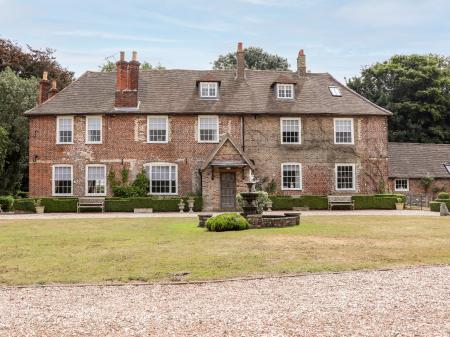
Dover Castle was begun immediately after the Norman Conquest in 1066 and extended in the 13th century by King John. Allied forces in WWII used King John's underground tunnels as part of the command centre, and these tunnels can be explored by visitors.
Much older than the castle is the Roman 'Painted House', a 3rd-century hotel. Maison Dieu is a 13th-century hostel for pilgrims coming from Europe to visit Canterbury. Next to Maison Dieu is St Edmund's Chapel, a 13th-century building that has recently been restored.
Another of Dover's many outstanding historic remains are the surviving bits of St Martin's Abbey. The Abbey was established in 1131 but disbanded during the Dissolution of the Monasteries. Many of old abbey buildings are incorporated into Dover College. Just outside Dover are the ruins of St Radigund's Abbey, founded in 1191.
 We've 'tagged' this attraction information to help you find related historic attractions and learn more about major time periods mentioned.
We've 'tagged' this attraction information to help you find related historic attractions and learn more about major time periods mentioned.



